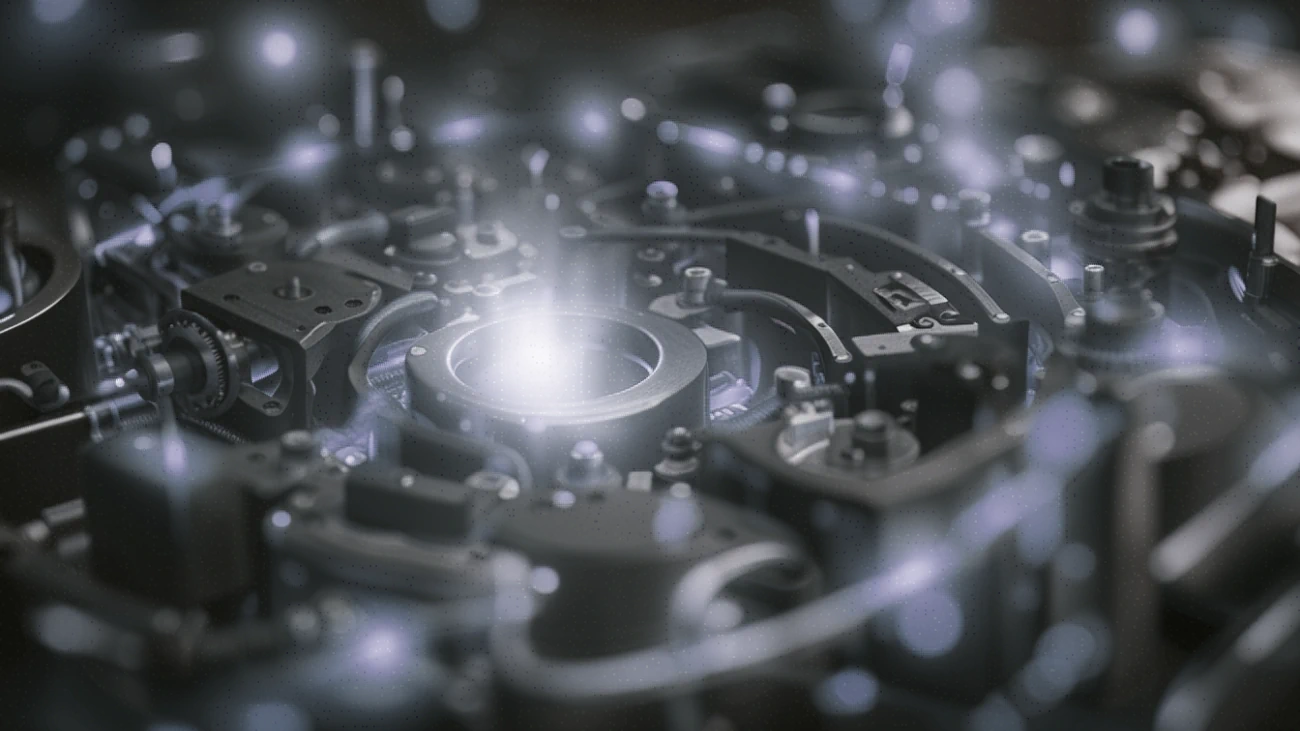In the ever-evolving landscape of renewable energy, Fuel-cells stand out as a promising technology, offering an innovative approach to generating power. These devices have captured the imagination of scientists, engineers, and environmentally conscious individuals worldwide due to their potential to revolutionize the energy sector. In this comprehensive guide, we'll delve into the intricacies of fuel cell technology, exploring its history, functioning, diverse types, advantages, disadvantages, and the challenges it faces in both the present and future.
History
Fuel-cells, though gaining attention in recent years, have a history that dates back to the early 19th century. The concept was first introduced by Sir William Grove in 1839, who discovered the principle of the fuel cell while experimenting with electrolysis. Over time, researchers and scientists have made significant advancements, leading to the development of various types of Fuel-cells and refining their efficiency.
How does a Fuel-cell work?
At its core, a fuel cell generates electricity through an electrochemical process that combines hydrogen and oxygen to produce power, with water and heat as byproducts. The process involves the oxidation of hydrogen at the anode and reduction of oxygen at the cathode, separated by an electrolyte. This electrochemical reaction creates an electric current, which can be harnessed for various applications, from powering vehicles to supplying energy for stationary applications.
Diverse types of Fuel-cells technologies
Fuel-cells come in various flavors, each designed for specific applications and utilizing different electrolytes. Here are some notable types:
- Polymer Electrolyte Membrane Fuel-cells (PEMFC): Efficient, lightweight, and used in portable devices, they're a game-changer for transportation and small-scale applications.
- Direct Methanol Fuel-cells (DMFC): Ideal for portable electronics, these cells utilize methanol directly, simplifying the fuel supply.
- Alkaline Fuel-cells (AFC): Originally developed by NASA for space missions, they're known for their high efficiency and reliability.
- Phosphoric Acid Fuel-cells (PAFC)Widely used in combined heat and power (CHP) systems for larger-scale applications.
- Molten Carbonate Fuel-cells (MCFC): Useful in large power plants, they can utilize a range of hydrocarbon fuels.
- Solid Oxide Fuel-cells (SOFC): Versatile and suitable for various fuels, these cells are efficient and can operate at high temperatures.
Advantages and disadvantages of Fuel-cells
Advantages:
- Environmentally Friendly: Fuel-cells produce electricity without emitting harmful pollutants, reducing greenhouse gas emissions and combating climate change.
- High Efficiency: They operate at higher efficiency levels compared to traditional combustion-based power generation methods.
- Versatility: Fuel-cells can be used in various applications, including transportation, stationary power generation, and portable devices.
- Quiet Operation: Unlike internal combustion engines, Fuel-cells operate silently, reducing noise pollution.
- Reliability: With fewer moving parts, Fuel-cells exhibit high reliability and require minimal maintenance.
Disadvantages:
- High Costs: The production and implementation of fuel cell technology often involve high initial costs, limiting widespread adoption.
- Infrastructure Challenges: The lack of a well-established infrastructure for hydrogen distribution and storage poses a significant hurdle.
- Durability Issues: Some fuel cell types face challenges related to durability and performance degradation over time.
- Fuel Source Dependency: Hydrogen, the primary fuel for most Fuel-cells, relies on methods of production that may not always be sustainable or cost-effective.
- Limited Lifespan: The lifespan of certain fuel cell components, such as catalysts, can affect overall longevity and economic viability.
The challenges in the present and future
While fuel-cell energy presents immense potential, it also confronts several challenges hindering its widespread adoption. Overcoming these hurdles is crucial for Fuel-cells to become a mainstream source of energy in the future.
Present challenges:
- Infrastructure development: Establishing an efficient infrastructure for hydrogen production, storage, and distribution is essential for fuel cell technology to flourish.
- Cost reduction: Lowering production costs and making Fuel-cells economically competitive remains a significant challenge.
- Research and development: Continued research efforts are necessary to enhance efficiency, durability, and scalability of fuel cell technology.
Future prospects:
- Technological advancements: Ongoing advancements in materials science and engineering hold the promise of improving fuel cell efficiency and durability.
- Policy support: Government initiatives and policies supporting renewable energy and incentivizing fuel cell adoption can accelerate its development.
- Market expansion: As economies of scale come into play, mass production could lead to cost reductions, making Fuel-cells more accessible.
Fuel-cell energy represents a paradigm shift in the quest for sustainable and clean energy solutions. Despite facing challenges, ongoing research, technological advancements, and collaborative efforts across industries offer hope for a future where Fuel-cells play a pivotal role in meeting our energy needs while mitigating environmental impacts. As we navigate the transition towards a greener future, Fuel-cells stand poised to become a cornerstone of the global energy landscape.
Thanks for reading!
Are you still interested in this topic?
A good idea is to continue here:

